Reign 1346–1355 Predecessor Stefan Dusan Predecessor Stefan Dusan Died 4 December 1371 | Successor Position abolished Name Stefan V Reign 1355–1371 | |
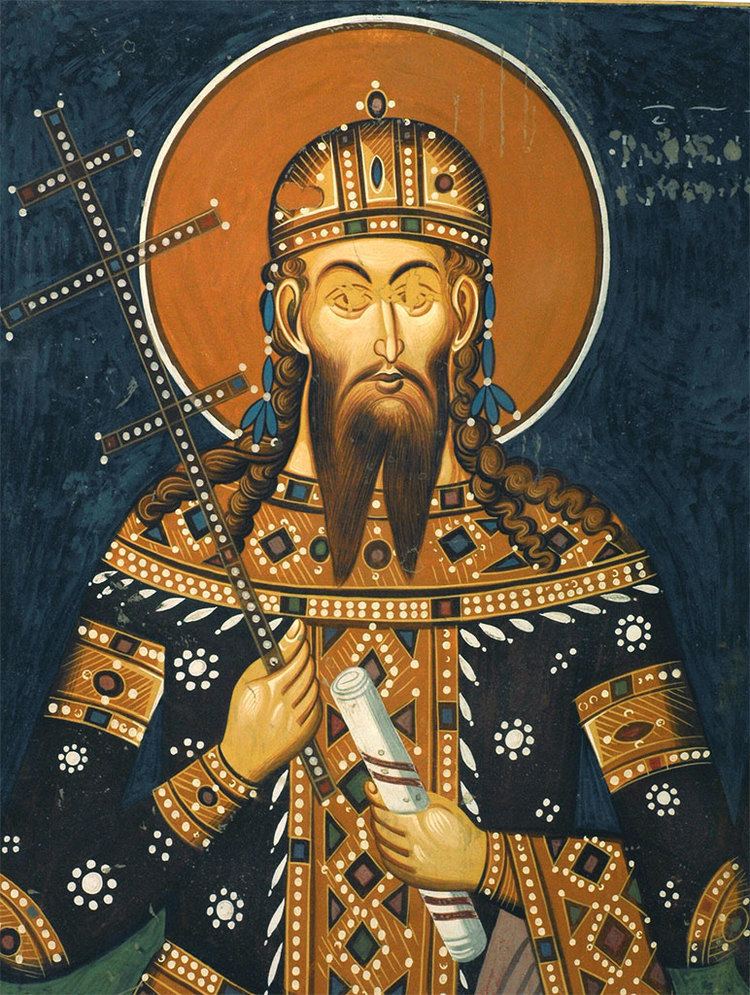 | ||
Stefan Uroš V
Saint Stefan Uroš V (Serbian: Свети Стефан Урош V; 1336 – 2/4 December 1371), known in historiography as Uroš the Weak (Урош Нејаки/Uroš Nejaki), was king of the Serbian Empire (1346–1355) as co-regent of his father Stefan Uroš IV Dušan Silni ("The Mighty") and then Emperor (tsar) (1355–1371).
Contents
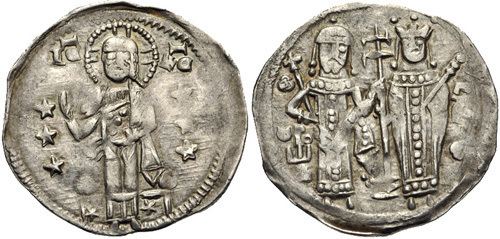
Early life
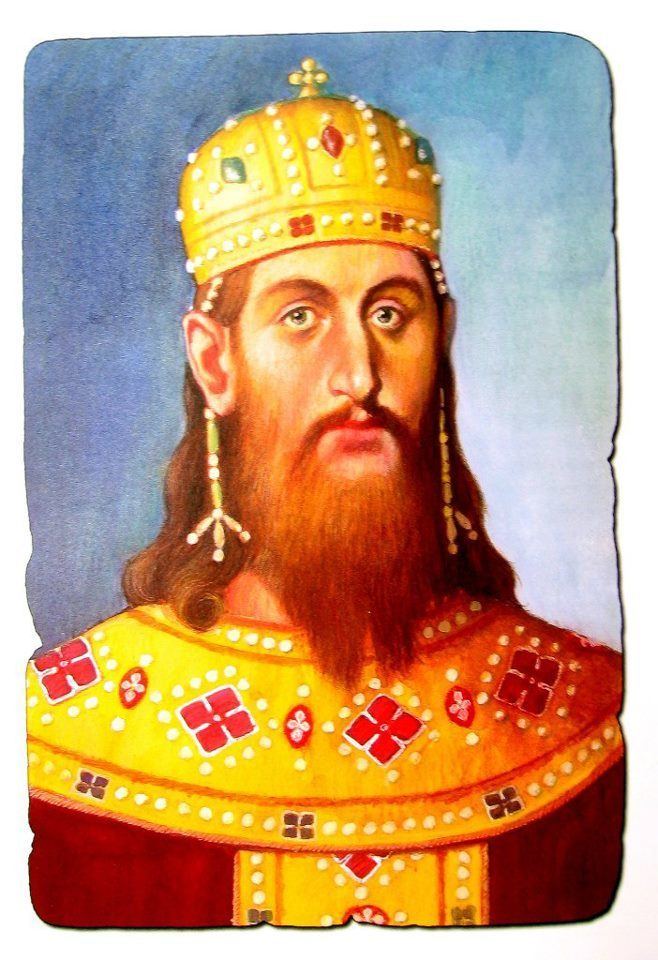
Stefan Uroš V was the only son of Stefan Uroš IV Dušan by Helena of Bulgaria, the sister of Ivan Alexander of Bulgaria. He had been crowned as king (second highest title) in the capacity of heir and co-ruler after Dušan was crowned emperor in 1346. Although by the time of his succession as sole ruler and emperor in 1355 Stefan Uroš V was no longer a minor, he remained heavily dependent on his mother and various members of the court.
Reign
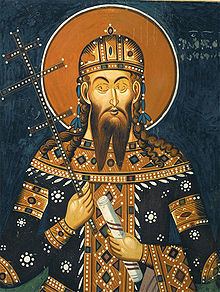
The account of the contemporary John VI Kantakouzenos describes a descent of the Serbian Empire into civil war on death of Uroš' father and his accession. However, Kantakouzenos wrote about the Greek lands rather than the Serbian core lands. Further the general disorder long with the powerlessness of the center represents the situation that arose much later in Uroš's reign. According to Mihaljčić, during the initial years of his rule the threats to the territorial integrity of Uroš's empire came not from not internal dissension but external attacks.
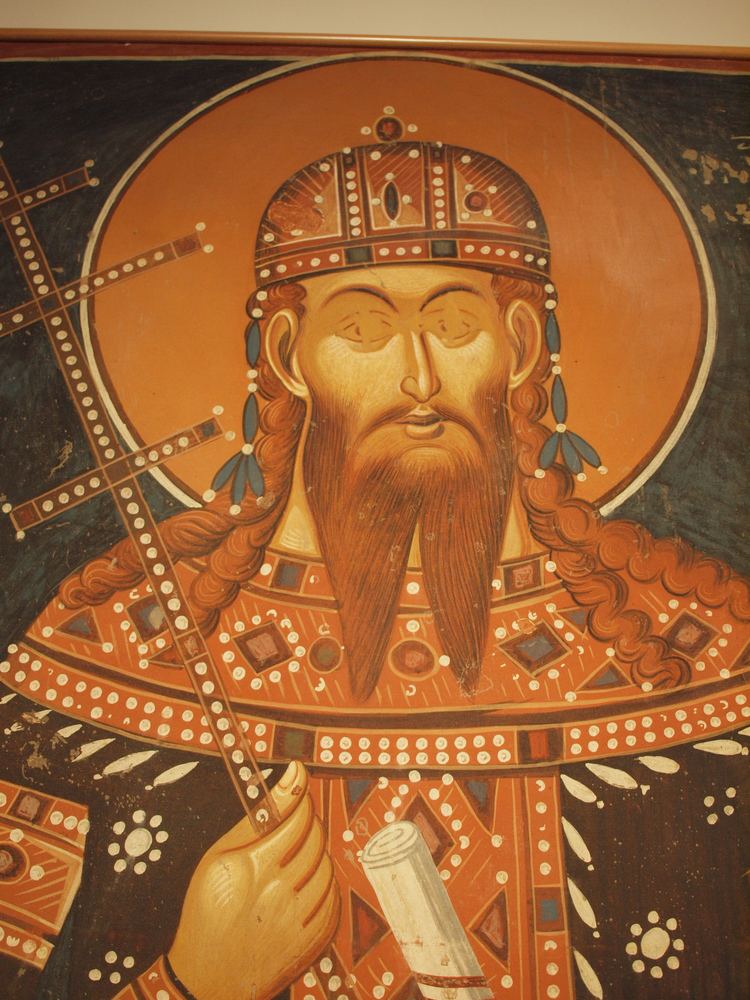
The death of Uroš's father was quickly followed by the death of Preljub, who ruled Thessaly. In the spring of 1356, Nikephoros Orsini landed a force on the coast of Thessaly and quickly overran it. He then followed up this success by driving Simeon Uroš from Arcania. Simeon responded to his expulsion by seizing Kostur and proclaiming himself Tsar in opposition to Uroš, but the support he gained was limited. The Sabor (council) held in Skoplje did not accept Simeon's claims and following the Sabor, Uroš was energetic in his political activities, publishing a number of charters. Simeon in 1358 attacked in the Skadar region, but was defeated.
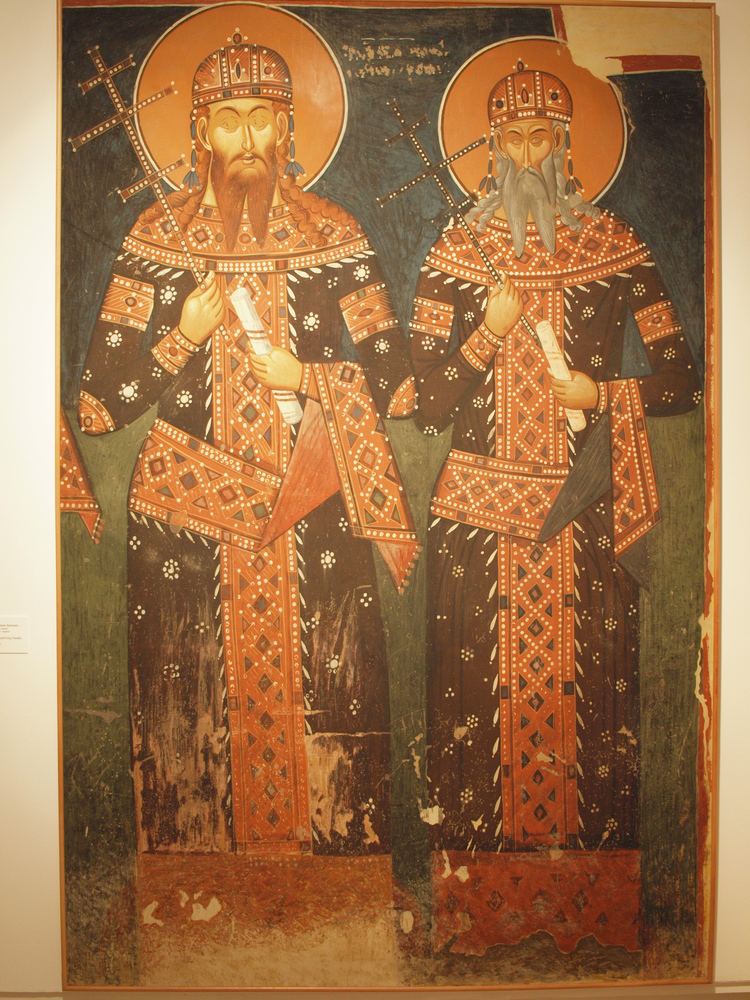
The Serbian Empire of Dušan fragmented into a conglomeration of principalities, some of which did not even nominally acknowledge his rule. The first major challenge to Stefan Uroš was posed by his uncle, Simeon Uroš Palaiologos, who attempted to seize the throne in 1356. Defeated, Simeon Uroš withdrew into Thessaly and Epirus, where he continued to rule with the title "emperor of Romans and Serbians".
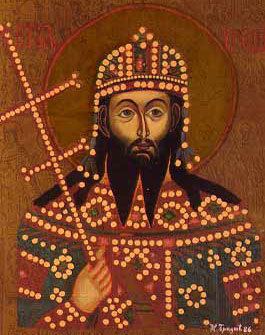
There is one account, early in his reign, that is in contrast to his general record of incompetence. In 1356, Matthew Kantakouzenos, a pretender to the Byzantine throne, gathered an army of 5,000 Turks and marched on Serres, the Serbian-held capital of Jovan Uglješa. Uroš V, whose mother ruled from Serres, decided to raise an army to defend his mother. In 1357, when Matthew and his Turks attacked, the Serbian army under Vojihna of Drama (a major player in that region) came to aid. The Turks were defeated. Matthew Kantakouzenos was captured and held hostage until his ransom was paid by the Byzantine Emperor John V Palaiologos.

Stefan Uroš's position was not helped by his mother Helena, who started to rule autonomously from Serres in alliance with Jovan Uglješa. A similarly autonomous posture was assumed by the Dejanović family, the Balšić family, Nikola Altomanović, and Uglješa's brother Vukašin Mrnjavčević. By 1365, the latter had himself associated on the throne as king by Stefan Uroš. At the end of his reign, the only lands under Stefan Uroš's direct control were those between the Šar Mountain and the Danube.
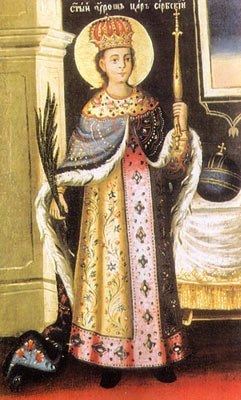
Stefan Uroš V died childless in December 1371, after much of the Serbian nobility had been destroyed by the Turks in the Battle of Maritsa earlier that year. The exact cause of his death at a relatively young age remains unknown. Vukašin's son Prince Marko inherited his father's royal title, but real power in northern Serbia was held by Lazar Hrebeljanović. The latter did not assume the imperial or royal titles (associated with the Nemanjić dynasty), and in 1377 accepted King Tvrtko I of Bosnia (a maternal grandson of Stefan Dragutin) as titular king of Serbia. Serbia proper became a vassal of the Ottomans in 1390, but remained effectively ruled by the Lazarević family and then by their Branković successors until the fall of Smederevo in 1459.
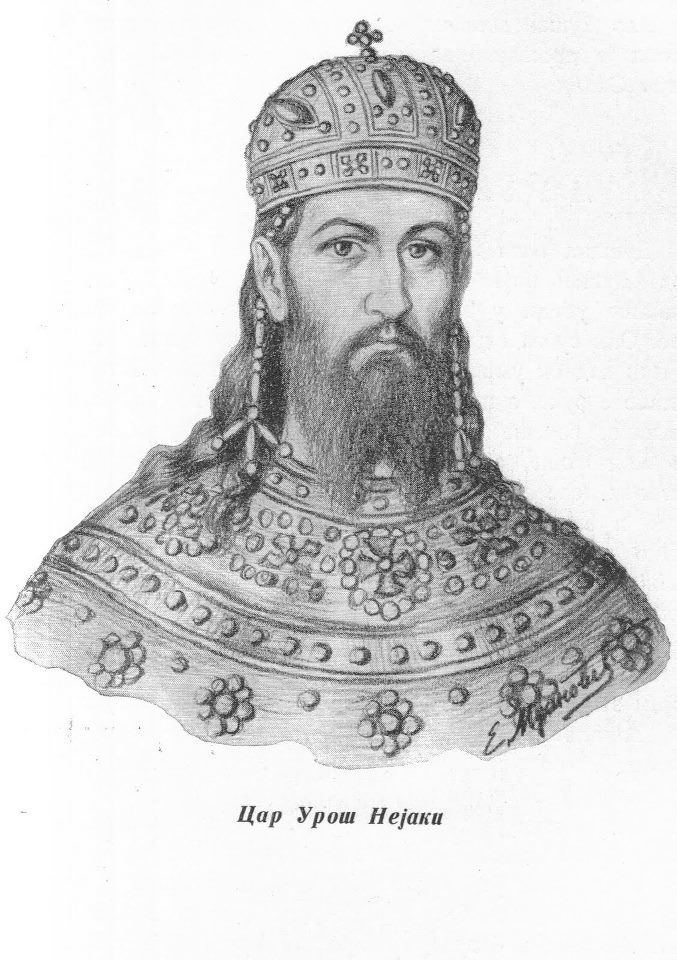
Following the great conquests of his father, Uroš became a victim of new nobles in a Serbia enriched by recent war and pillaging. The maintaining of order and state instruments was impossible because of weak or nonexistent infrastructure between the old and new territories. The exceptional modesty and tolerance of this ruler was the main reason he was called "the weak", and also the reason he was canonized 211 years after his death.
Stefan Uroš V was canonized by the Serbian Orthodox Church. His body is kept in the Jazak monastery on Fruška Gora mountain.
Legacy
Today, Stefan Uroš V is viewed mostly in contrast to his able and strong-willed father, as a lacking and indecisive ruler, unable to keep the Serbian nobility under his control, whose weak and unassertive personality greatly contributed to the fall of the Empire and the eventual destruction of the Serbian state by the Ottomans. In Serbian folklore and epic poems he is often described as a just, well-intentioned ruler of pleasant appearance but weak character. While this view is popular among historians as well, some argue that he was not especially incompetent in his role as Emperor of Serbia, and that the decline of the empire was much less spectacular and started much later into his rule than popular opinion suggests. For a long time, it was considered a historical fact that he was murdered by his co-ruler, Vukašin Mrnjavčević, but eventually Vukašin was proven to have died before the Emperor.
In 1825 Stefan Stefanović, a Serbian writer living in the Austrian Empire wrote a tragic play called The Death of Uroš V, which drew inspiration from both facts and folk tradition about Uroš, including the aforementioned belief that he was killed by King Vukašin.
